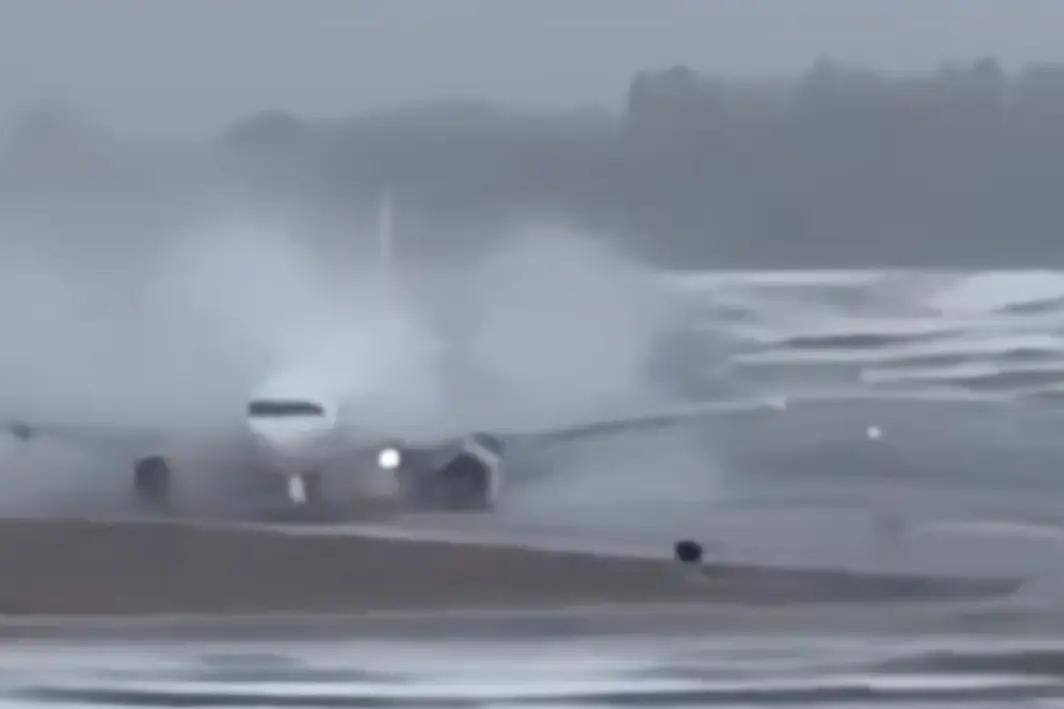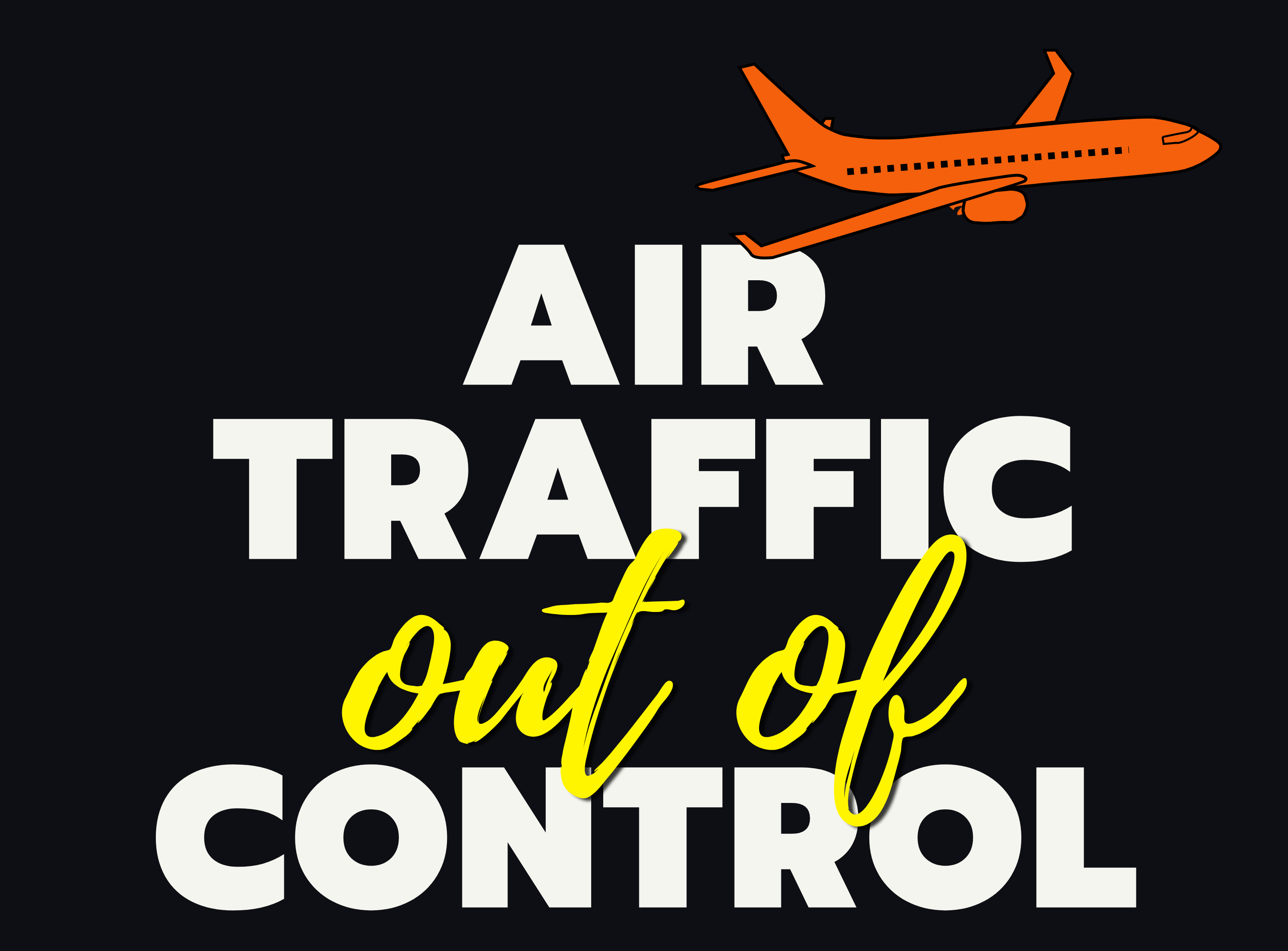
All pictures : courtesy Internet
Aircraft drift is the unintentional sideways movement of an aircraft from its intended path, caused by factors like crosswinds, wind shear, or pilot error. Several factors can contribute to aircraft drift from the runway during takeoff or landing.

Crosswinds. Strong crosswinds can push the aircraft off course, especially during landing when the aircraft is near the ground.

Wind Shear. Sudden changes in wind speed and direction, known as wind shear, can cause the aircraft to drift unexpectedly.

Pilot Error. Incorrect control inputs or misjudgment of the aircraft’s position relative to the runway can lead to drift.

Runway Conditions. Wet or contaminated runways can reduce traction, affecting the aircraft’s ability to maintain the desired track.

Aircraft Performance. Mechanical issues or aircraft performance limitations, such as engine power or control surfaces, can contribute to drift.

Weight and Balance. Improper distribution of weight or balance within the aircraft can affect its stability and handling characteristics.

Environmental Factors. Visibility issues, such as fog or glare, can make it challenging for pilots to maintain alignment with the runway.

Air Traffic Control Instructions. Miscommunication or misunderstanding of instructions from air traffic control can result in deviations from the intended flight path.
Addressing these factors requires a combination of pilot skill, aircraft performance capabilities, proper maintenance, and adherence to safety protocols and procedures.
Coming Up:- A detailed article on the subject.
Suggestions and value additions are most welcome
For regular updates, please register here:-
References and credits
To all the online sites and channels.
Pictures: Courtesy Internet.
Disclaimer:
Information and data included in the blog are for educational & non-commercial purposes only and have been carefully adapted, excerpted, or edited from sources deemed reliable and accurate. All copyrighted material belongs to respective owners and is provided only for purposes of wider dissemination.

